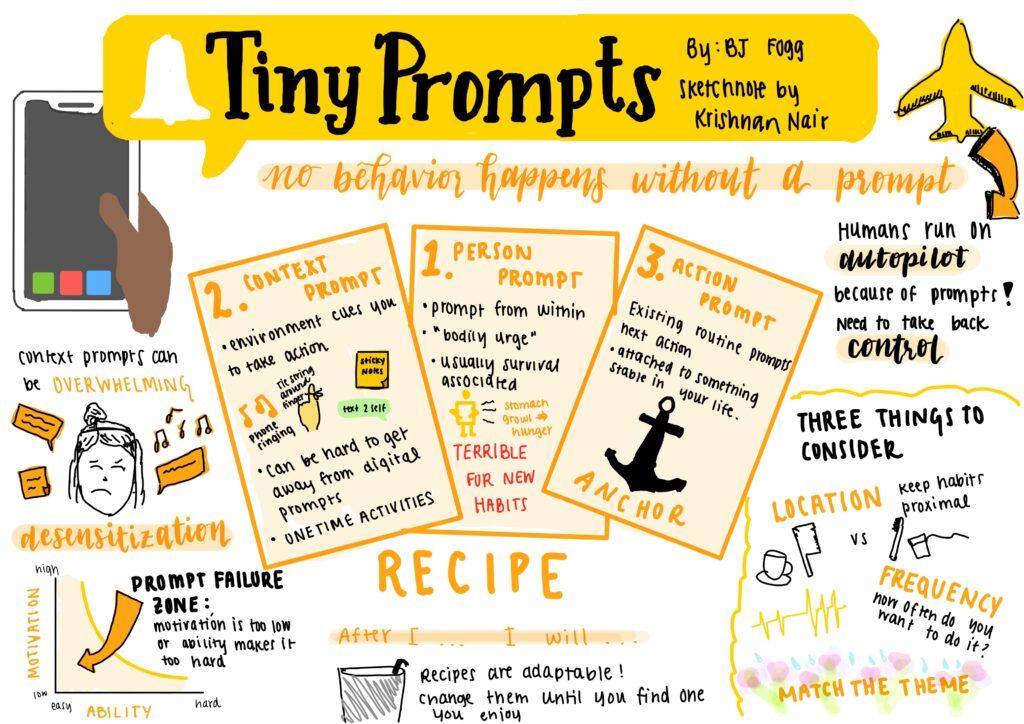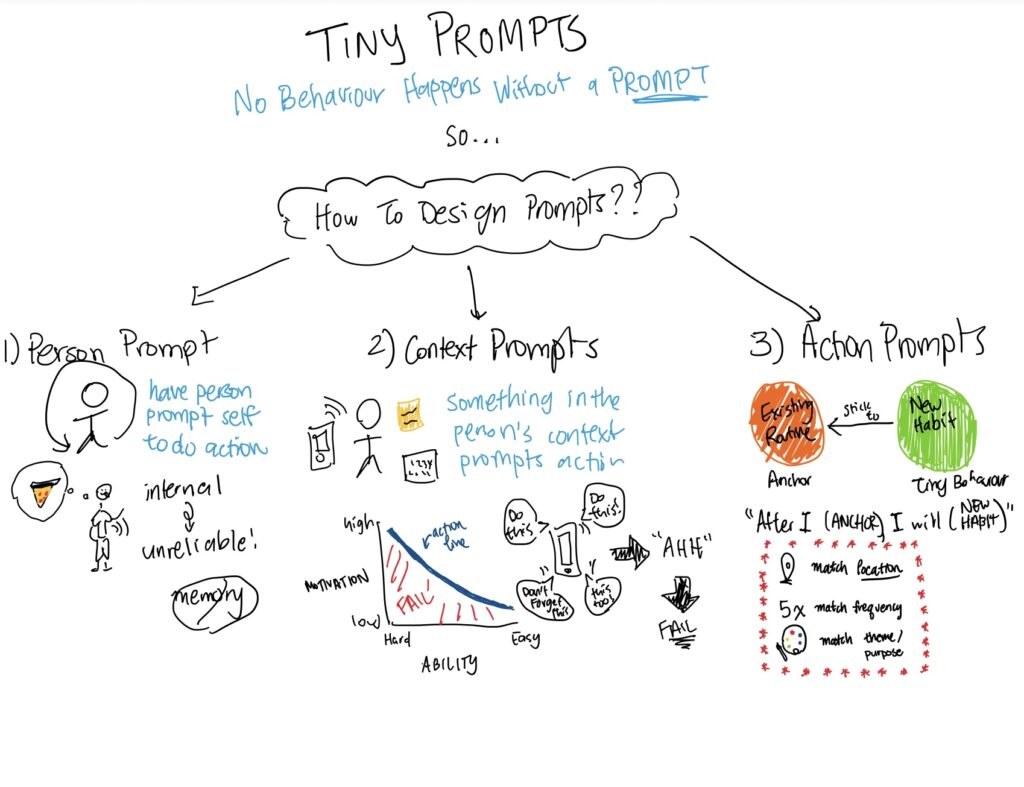Behavioral Persona(s)
PERSONA Name 1: Shame Shawn
Activated Role: Shame-Driven Stretcher
Goal and motivation: “I want to build a consistent stretching habit because I know it will help my body recover and improve my flexibility”.
Conflict: Shawn knows stretching is good but only does it when external pressure is applied (like the study messaging him to stretch).
Attempts to solve (and results): Tried relying on reminders from the study team → Worked temporarily but didn’t translate into habit formation. 2. Tried stretching after soccer → Effective because it felt necessary, but not a consistent habit. 3. Tried stretching before bed → Helped relaxation, but was often skipped due to tiredness.
Setting(s) where do they try to solve problems: 1. During soccer practice or post-game cooldowns when soreness forces him to stretch. 2. At his desk while studying, but forgets. 3. Before bed where he sometimes stretches but skips if too tired. 4. Social environments like playing soccer with friends and stretches with friends after a game.
Key Tools/skills:Needs reminders from people or structured commitments (he often forgot unless we reminded him). Plays soccer regularly, which provides a natural moment to stretch.
Routines: Studies late at night leads to him sitting for long hours, making Shawns muscles tight. Plays soccer with friends and sometimes stretches before and after games.
Habits: Ignoring discomfort because he feels tightness but doesn’t take action unless it’s extreme. Procrastinating on self-care because he knows he should stretch but keeps putting it off. Responding to shame-based motivation because he only follows through when external pressure is applied.
About Shawn: Shawn wants to stretch consistently because he knows it benefits him, but he struggles to do so without external motivation. His best attempts come when he feels obligated to others or when discomfort forces him to act. He would benefit from structured accountability, habit tracking, and integrating stretching into his existing routines.
PERSONA NAME 2: “Procrastinating Pam”
Activated Role: The Intentional Avoider
Goal & Motivation: “I want to incorporate stretching into my routine because I know it’s good for me and I technically have time.”
Conflict: Wants to care about stretching more but struggles to make it feel important. Believes she needs stronger motivation or external proof that stretching has major benefits and struggles to act on knowledge. She said in interview she “knows” she should stretch but lacks urgency.
Attempts to Solve (and Results): Recognized she had time but didn’t act. Considered reading about stretching benefits but feels like she needs external validation to feel motivated to stretch. Would be more likely to stretch if a friend did it with her. Tried associating stretching with relaxation (stretching at night before bed) but was often too tired and didnt commit.
Setting(s) Where She Tries to Solve the Problem: The only place she’s comfortable stretching is her room, but she often chooses to sleep instead. Doesnt have time to go to gym because days are busy and packed. Briefly thinks about stretching but pushes it off. Would be more consistent if someone else was involved.
Key Tools/Skills: Would benefit from a stretching partner or check-ins, and needs clear evidence of why stretching matters. Could pair stretching with an existing routine and could see stretching as a self-care moment rather than a task.
Routines (Consistent Patterns in Her Life): Busy schedule filled with studying and social commitments. Would rather rest than take a few minutes to stretch. Would stretch more if it was part of a group effort.
Habits (Unconscious Activities): Recognizes time slots where she could stretch but doesn’t use them because she prefers to chill. Pushing off non-urgent self-care – Treats stretching as an optional activity rather than a priority. Needs scientific evidence to see why she should really incorperate it into her routine. Pam wants to care more but doesn’t actively try to shift her mindset.
Pam wants to stretch because she knows it’s good for her, but she consistently finds she has other things to do instead. She realizes she has time but lacks internal motivation and time. She would be more likely to stretch if she had an accountability partner, scientific proof of benefits, or if it was part of a structured routine.





